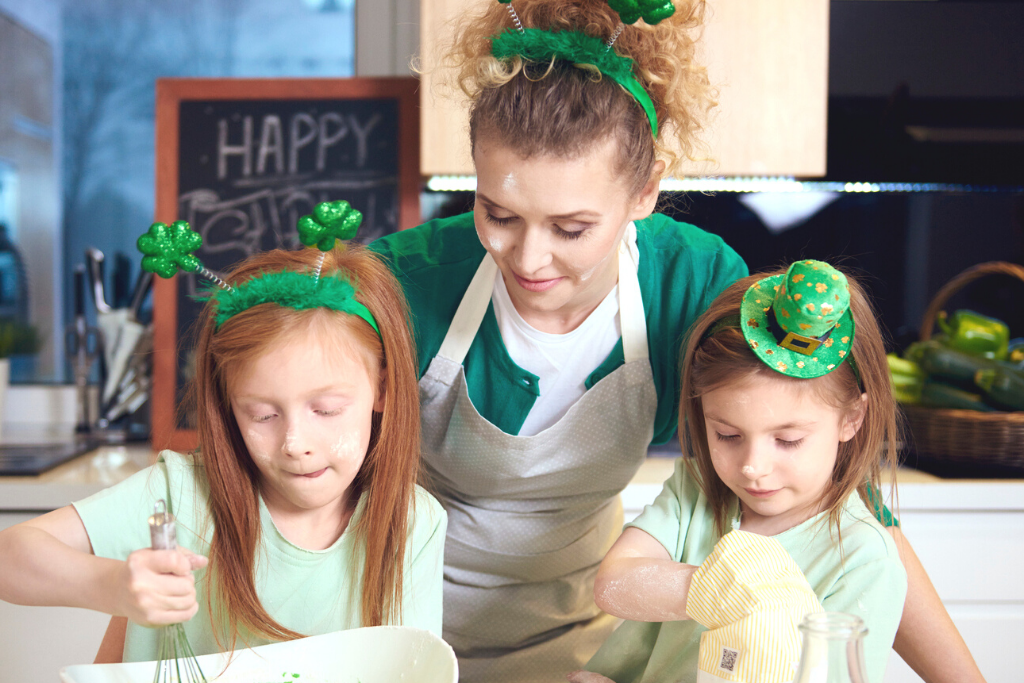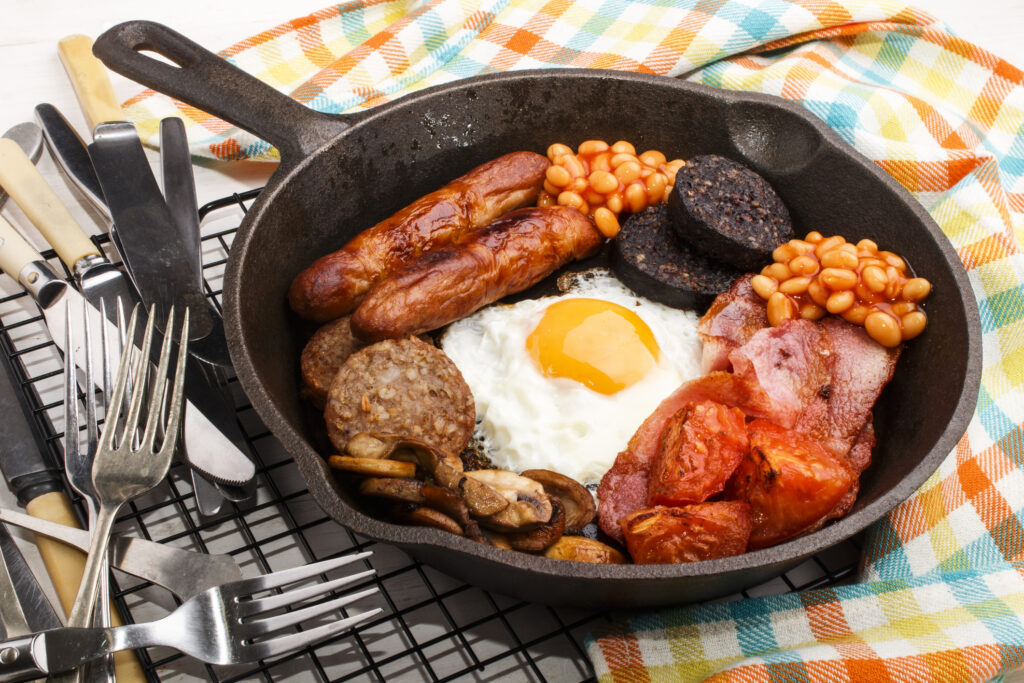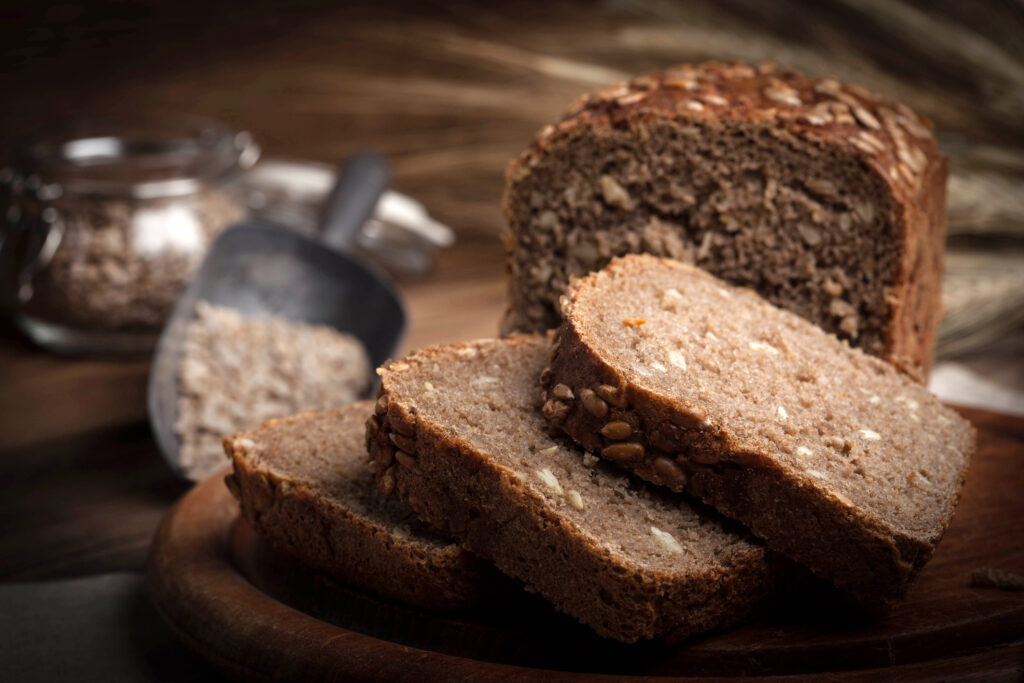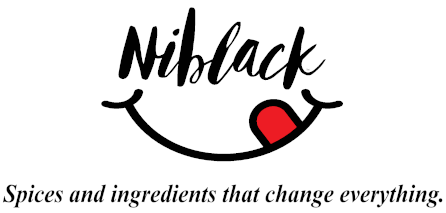Bake Your Way into St. Patrick’s Day with a Loaf of Irish Brown Bread

St. Patrick’s day baking can be family fun!
Originating in the Emerald Isle, St. Patrick’s Day is cherished by Americans and the Irish alike. While there are differences in cuisine on either side of the Atlantic (we’ll get into the infamous corned beef debate and its origins), there’s a bevy of unequivocally Irish dishes that you can celebrate with this March 17th – none better than the famed no-yeast hearty breads of Ireland. That’s right – there’s a different sort of leavening you need to bake this uniquely Irish staple. But first, let’s learn a little bit about the history of an Irish holiday that’s gone global.
Who Was St. Patrick, Anyway?
The patron saint of Ireland, Patrick was born in Roman Britain in the late 4th-century A.D. As legend – and possibly history – would have it, Patrick was kidnapped by roving brigands as a teenager and brought to Antrim, in northern Ireland, where he was enslaved and forced to work as a herdsman for six years before he escaped. Patrick returned to his parents’ home in Britain, where one night in a dream he was called to return to Ireland and bring Christianity to its people. Having successfully Christianized a large number of Irishmen, St. Patrick lived out his days (he’s thought to have passed on March 17, 461) a bishop whose unusual life and outsized impact on the course of a nation would spur the development of a few popular legends. Including the well-known claim that he drove all serpents into the sea, St. Patrick is said to have explained the Holy Trinity to the people of Ireland by using the shamrock as an analogy.
What is Traditionally Eaten on St. Patrick’s Day?
While many of us are familiar with the large wave of Irish immigration to the United States in the nineteenth century, St. Patrick’s day has been conspicuously celebrated in America since the mid-eighteenth century by Irish immigrants and their descendants. Boston held its first parade in honor of the holiday in 1737, and New York’s began in 1762.
Corned beef and cabbage are commonly associated with the Irish and the holiday, stateside, but have their roots in the cuisine of Jewish New Yorkers, whose cuts of “corned” (brined) beef brisket are thought to have been more affordable and readily available to Irish immigrants than pork or lamb, the more traditional feast meats of choice in Ireland.
Putting Bread on the Table

A full Irish breakfast: the ideal accompaniment for homemade Irish brown bread
Hearty enough to stand up to any of the famously robust Irish dishes, Irish brown bread is an excellent addition to your St. Patrick’s Day spread. Using buttermilk (powdered or fresh) and baking soda to rise, brown bread is ideal for dipping into Irish stew, chili, a perfect substrate for your smoked salmon with a little fresh Irish butter, and an essential component to the famed full Irish breakfast. What better way to celebrate all things Hibernian this March – or any time of year, for those lovers of all things baked – than with a loaf of homemade Irish brown bread?
What’s the Difference Between Irish Soda Bread and Irish Brown Bread?

A loaf of Irish brown bread
For starters, soda bread is made with white flour, is slightly sweet, and vaguely reminiscent of a scone in taste. Baking soda works well with Irish wheat and its inexpensive price led to its popularity in nineteenth-century Ireland. But brown bread has a depth of flavor all its own: the whole wheat flour used alongside the steel-cut oats give it a beautifully nutty and dark flavor.
Its robust taste lends itself well to a thick cut; after all, just as its flavor does, its structure has to stand up to heavy stews, beef, and generous smears of luscious Irish butter. Brown bread even pairs well with chili.
What makes both soda bread and brown bread similar, however, is the fact that neither uses yeast to rise, but rather rely on the product of a chemical reaction between the baking soda and buttermilk for purposes of leavening.
That’s great, but how do I make Irish Brown Bread?
Well, a little mise en place wouldn’t hurt: start by gathering your ingredients. Whole wheat flour, white flour, salt, rolled oats, baking soda, baking powder, and buttermilk powder (which lasts a dramatically longer time than fresh buttermilk so that you can always have it on-hand) are all available online and in-store right here at Niblack Foods. We like this recipe as well as this one – just remember that a quarter cup of buttermilk powder equals one cup of liquid buttermilk.
So pin on a shamrock, pass on the green beer, stock up today, and get ready to feed some authentic, delicious, home-baked Irish brown bread to your family & friends this St. Patrick’s day – no serpents allowed! Sláinte!






